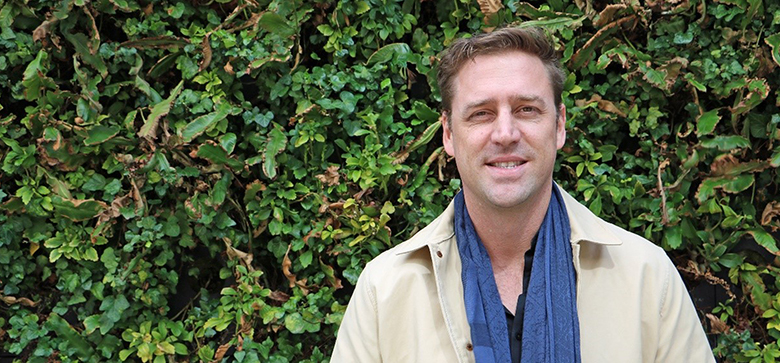Globally, an estimated 155 million children aged under five are suffering from the effects of poor nutrition[1]. The impact of this ‘hidden hunger’ in developing countries is often stunted physical and mental development. That in turn holds back the potential of those individuals and the social and economic development of whole countries.
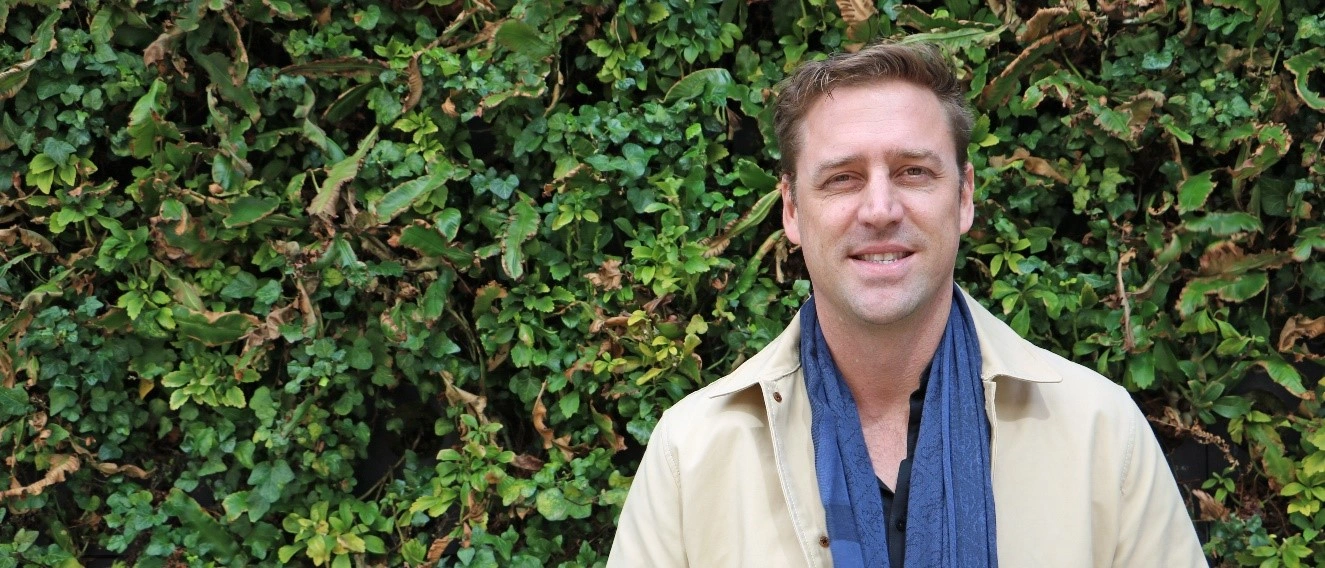
Felix-Brooks-church
Felix Brooks-church first saw that negative impact of hidden hunger a decade ago whilst working as a volunteer in Cambodia, running an education and health centre for at-risk street children. Though able to help those children suffering from malnutrition, he grew frustrated that this was just a band-aid to the underlying problem.
Felix wanted to find a way to prevent children from being born into communities where their life chances are limited in part simply due to a monotonous, low nutrient diet. He has dedicated his life since to that goal.
This led him to David Dodson, a Stanford Graduate School of Business lecturer who was looking for someone to help him devise a way to fortify foods with nutrients for children in the developing world.
Large-scale food fortification, like adding iodine to table salt or iron to breakfast cereals, is common in many countries around the world. Experts view the fortification of food as a far more effective way to improve nutrition than getting people to take separate vitamin and mineral supplements. However, large-scale fortification misses many people living in rural areas within developing countries whose staple diet consists of food made from wheat or maize grown and milled locally.
Previous attempts at small scale food fortification involving hand scoops or basic blenders had failed to catch on. So in 2008, David’s students looked at building a basic machine to automate the process of adding a cocktail of key vitamin and minerals to the cereal grains as they are being milled into flour. Felix took over the engineering in 2010, and started designing what is now called the ‘dosifier’.
By 2011 this dosifier was ready for field stress testing and so Felix found himself bumping along a poorly maintained dirt road, up and down mountains for six hours to get to the tiny secluded village of Sankhu in Nepal. He had tears in his eyes when the initial machine was installed in the local mill, switched on and fully worked for the first time. It was a eureka moment, and the village celebrated.
The success in Nepal attracted international attention - and offers of funding - encouraging the team to move to East Africa in 2013. Felix set up a new operation in Tanzania, where over one-third of child deaths are due to undernutrition[2]. People in large swathes of rural Tanzania live on a limited staple diet dominated by a porridge made of maize (corn) flour from small local mills. According to the World Bank, every year deficiencies in iron, vitamin A and folic acid alone cost Tanzania over US$518 million, around 2.65% of the country’s GDP.[3]
The initial response to the dosifier was extremely positive and that attracted the attention of then Tanzanian President, Jakaya Kikwete, who came to see it in 2014. Felix explained what he was trying to achieve to President Kikwete while he inspected the dosifier. After a nervous pause, the President said, “can you build one of these for every mill in the country?”
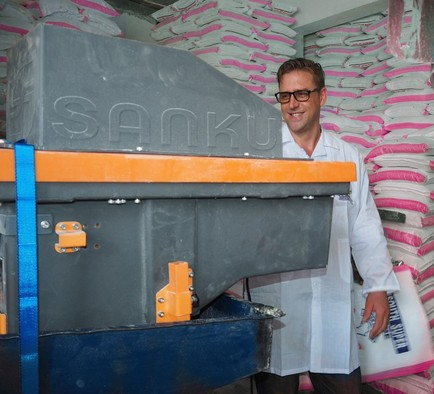
Installing a dosifier in Morogoro, Tanzania
It was a great result but created a daunting challenge for Felix and his team to scale their venture to the over 3,000 small mills spread across Tanzania, a country four times the size of the United Kingdom. Felix knew he had to professionalise the operation in Tanzania to have any chance of grasping the opportunity and thus cofounded – Sanku – named in honour of the tiny village of Sankhu where the adventure had begun.
Over the next three years Felix installed 150 dosifiers - reaching half a million people - and worked hard to improve the economics: the government removed import taxes on the dosifier; a high quality and low cost producer of nutrients was identified in Germany; the machine was redesigned for scale in plastic and manufacturing moved to China to reduce costs; and Felix developed a business model where Sanku could provide empty flour bags plus the nutrients for the same overall price that Tanzanian millers had previously paid for just their empty flour bags alone, essentially neutralising the extra cost of fortification.
Yet on the ground there was a more direct issue. Even if Sanku could install dosifiers in every mill in the country, they would require a huge network of managers to ensure that the machines were being used properly. “The millers had no time to notify us if there was a malfunction or breakage – they would just put the dosifier in the corner of the room to collect dust and carry on with production,” sighed Felix.
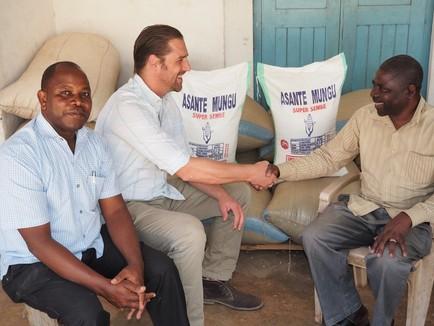
(l-r) Felix Brooks-chuch meeting with Tanzanian miller Asante Mungu, discussing the community benefits of fortification and the success this has brought to his business.
One Sanku manager could monitor maybe 25 mills, with each mill producing the flour to feed 5,000 people. It was a huge task to scale from there to cover a significant proportion of the country’s 56 million people – never mind addressing the need in other parts of the world.
Felix turned to technology and was introduced to Vodafone who already have an active presence in East Africa both as an operator – through the Vodacom brand – and through the charitable work of the Vodafone Foundation. As the world leader in internet of things technology, Vodafone was able to add a cellular module to each dosifier so that one Sanku manager can now monitor up to 100 mills remotely using an app on their smartphone, significantly reducing Sanku’s operating costs, enabling them to reach millions.
Sanku also added Vodafone’s M-Pesa mobile money transfer service to ensure that millers securely made and received payments, also on their smartphones.
The addition of the technology has been transformative to the Sanku model and has enabled the charitable business – still only 16 people – to expand its operations to cover five East African countries - Tanzania, Rwanda, Kenya, Malawi, and Mozambique - and a clear path to expand reach to 100 million people by 2025.
From what started with a single mill and a few hundred villagers in the hills outside Kathmandu, Felix now has ambitious, but increasingly realistic plans to change the lives of a few hundred million people globally. “I will never forget where we came from, and that memorable afternoon in Sankhu village seven years ago,” said Felix. “It keeps my vision firmly fixed on the future, a future without hidden hunger.”
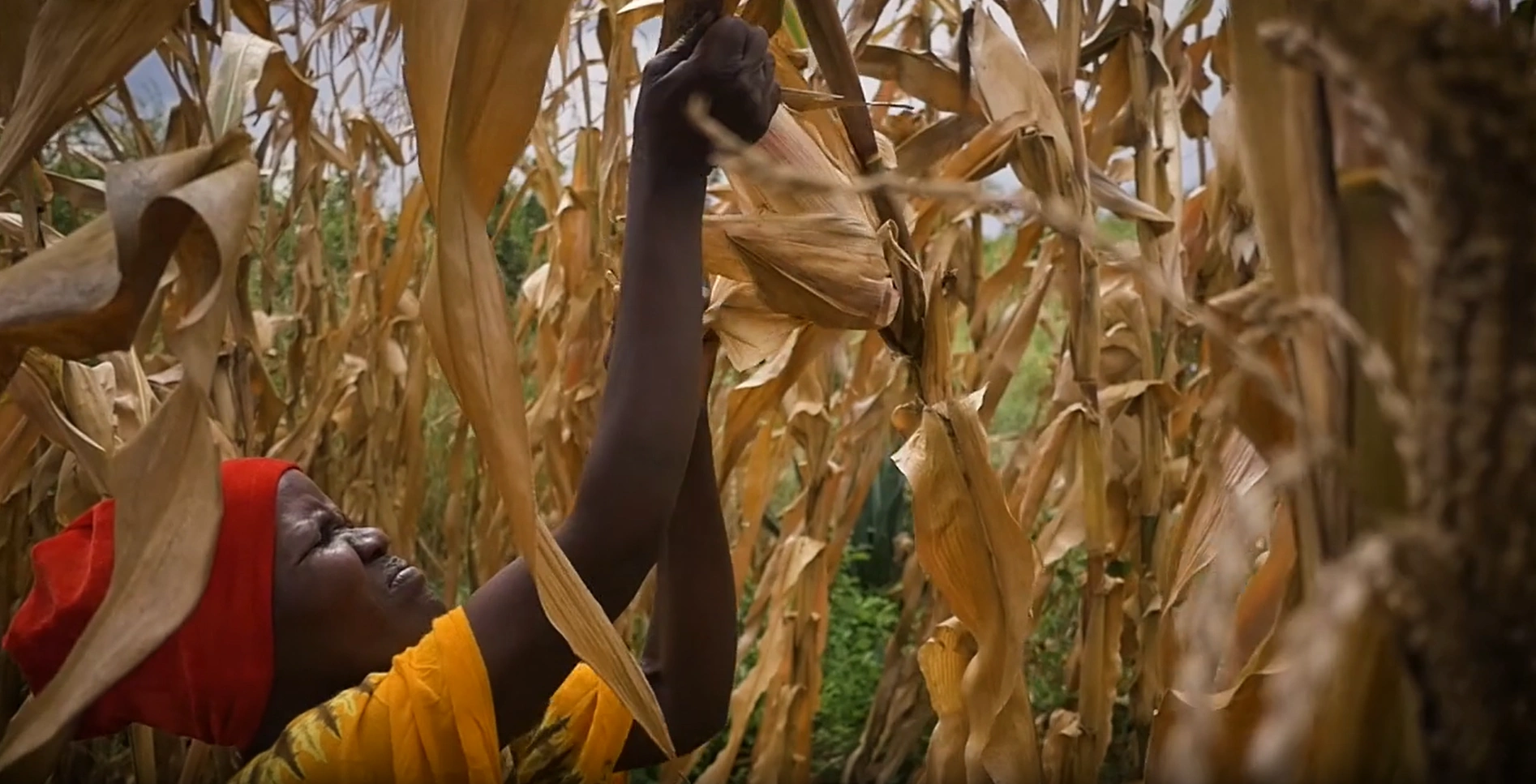
[1] Unicef, World Health Organization and World bank Group, 2017, ‘Levels and trends in child malnutrition’ (online). Available at: https://data.unicef.org/wp-content/uploads/2017/05/JME-2017-brochure-1.pdf
[2] World Bank, 2011, Tanzania: Nutrition at a Glance. Available at: http://documents.worldbank.org/curated/en/676871468312036822/pdf/772000BRI0Box000tanzania0April02011.pdf
[3] World Bank, 2011, Tanzania: Nutrition at a Glance. Available at: http://documents.worldbank.org/curated/en/676871468312036822/pdf/772000BRI0Box000tanzania0April02011.pdf
























